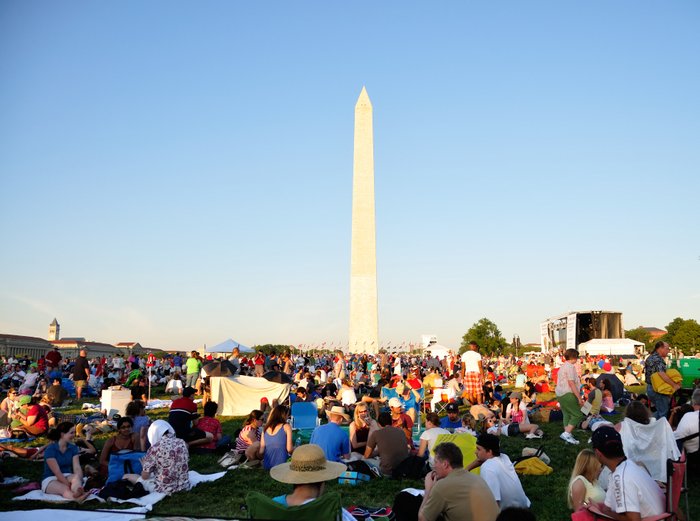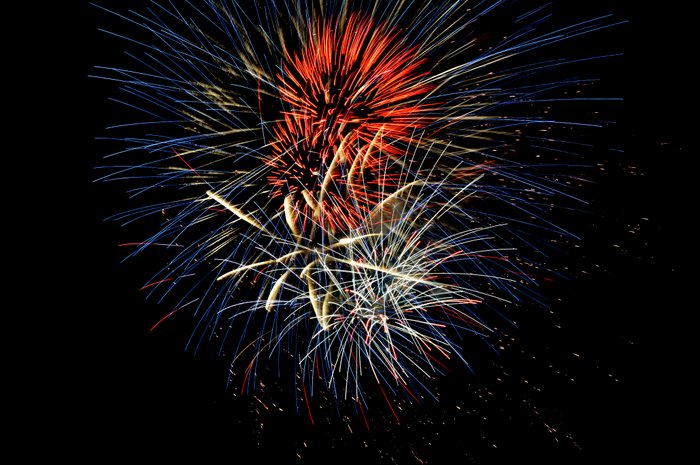This is my third time shooting 4th of July fireworks in Washington DC. I reached there well ahead of time (4 hours earlier to be exact). Being very early at the location, I setup myself closer to where they were supposed to shoot the fireworks so that I could get a good vantage point and a open space in front of me. I setup the camera on the tripod, checked all the settings and took couple of test shots to get the composition right. This year my goal was to capture the fireworks on top of the Lincoln Memorial building but later realized that my calculation went wrong about the focal length to cover the wider area. Last month I wrote a blog post on how to shoot fireworks where I mentioned that shooting fireworks is a new experience every time and sometimes things won't turn out the way we want them to and that is exactly what happened to me this year. In the past, I had made some mistakes while shooting fireworks and learned from them but this time, the issue was something else. As George Bernard Shaw said it beautifully, "Success does not consist in never making mistakes but in never making the same one a second time". This year the issue was my distance to the fireworks and the choice of the lens I made. It would have been a perfect decision to bring 70-200 mm only if I were little farther from where I setup my gears but it was already too late to move when I realized it. And the lesson I learned is - I should have brought 16-35 mm with me as well to get the view I wanted. Even though I was not able to get the shot I envisioned I would get this time, I was able to get few shots that are crisp and clear and do justice with the camera settings at least. Being very close to the fireworks, most of the shots were taken using 70mm focal length (widest view I could possibly get unfortunately) at f/8-f/11 aperture with the shutter speed of 3 seconds. In my first shot when they just started firing, I was able to get the Lincoln Memorial and part of the fireworks but later when they started firing all over the places, I lost the composition. Here are some of the photographs from this year's July 4th fireworks.
#1
#2
#3
#4
#5
Please let me know what do you think about these shots. I am always open to any critics or comments you may have.













